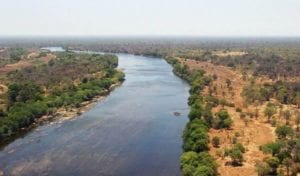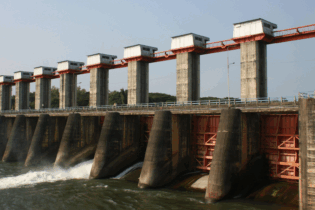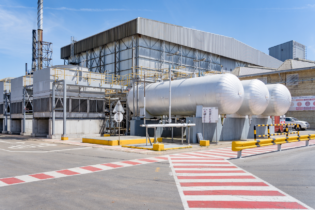Lusaka has been hard hit by water shortages seeing some sections of the city running completely dry. Residents of Gauteng and perhaps South Africans in general will sagely nod at the Lusaka Water and Sewerage Company’s (LWSC) explanation:
“The erratic water supply has been instigated by increased power outages which it turn have made it difficult for the water utility to pump water from the Kafue River.” This should, however, be no huge surprise to the utility as the dry season is always associated with an increased demand for water. Needless to say the recent Zesco power outages have only worsened the already dire circumstances. Normal water production figures are around 258 million litres per day against the required 370 million litres – while the dry season traditionally raises the demand to 400 million daily. LWSC public relations manager, Topsy Sikalinda, says, “Power cuts in Kafue had meant that the utility firm could not pump water from the river to Lusaka. The water was first pumped into Chilanga before being pushed to Libala where it was pumped distribution centres on its course to house taps.” “However, if there is a power outage at any of these distribution centres, then it means that areas that get water from that specific distribution centre will have no water,” said Sikalinda.Apart from Kafue River which is 65 kilometres away from the city, Lusaka is also supplied with water by 120 boreholes located around the city.
However, the boreholes have been affected by low water tables. Sikalinda says LWSC needs US$4 million to address the water and sanitation challenges in the city. So far The US has provided US$355 million through the Millennium Challenge Corporation in help resolve water reticulation challenges in Lusaka. “Apart from that, the government is currently negotiating with cooperating partners to finance the construction of a new water treatment plant in Kafue,” states Sikalinda. The planned project would see the construction of a 65 kilometre water pipeline from the Kafue River to Lusaka to supplement current infrastructure.







